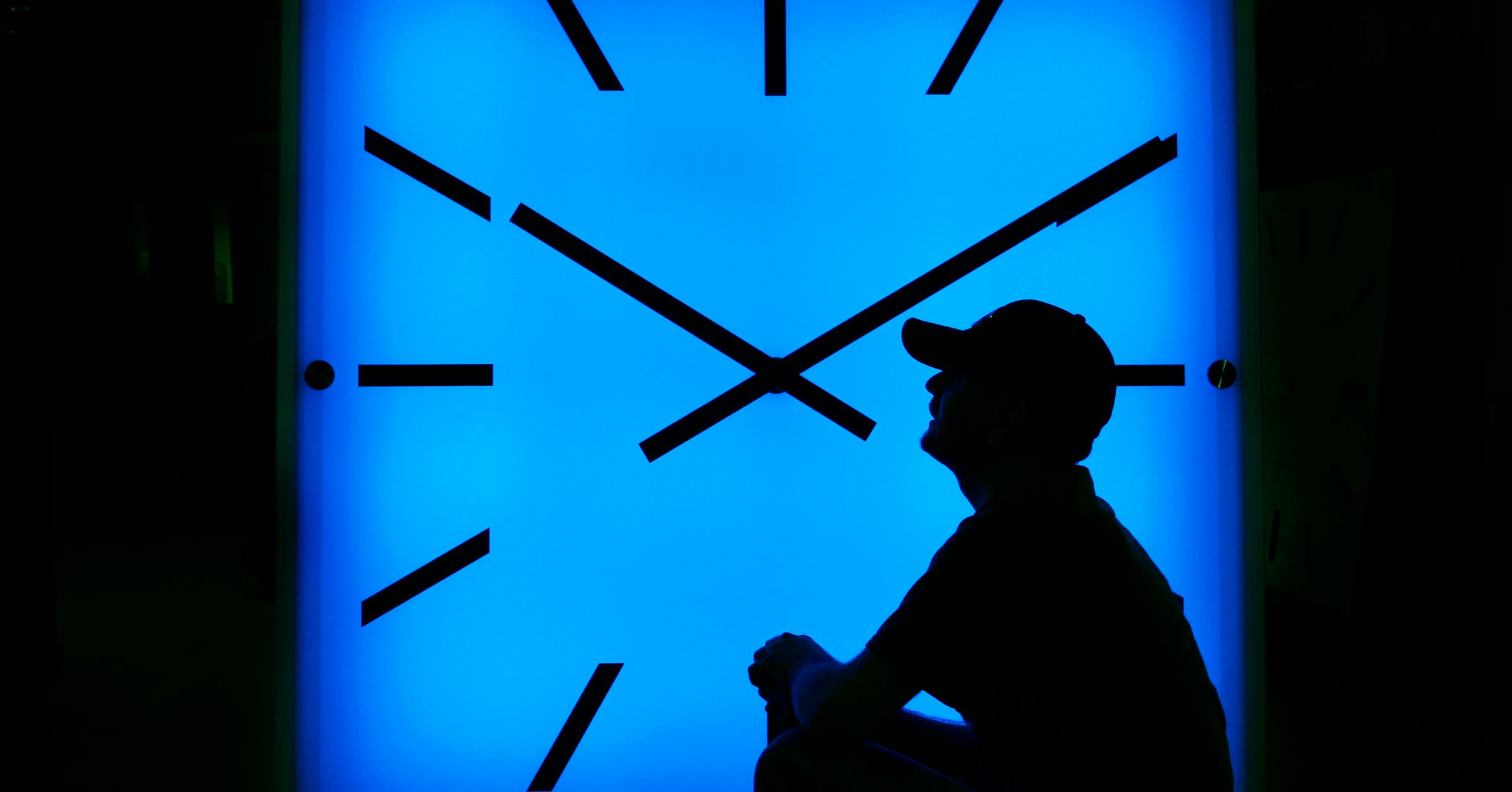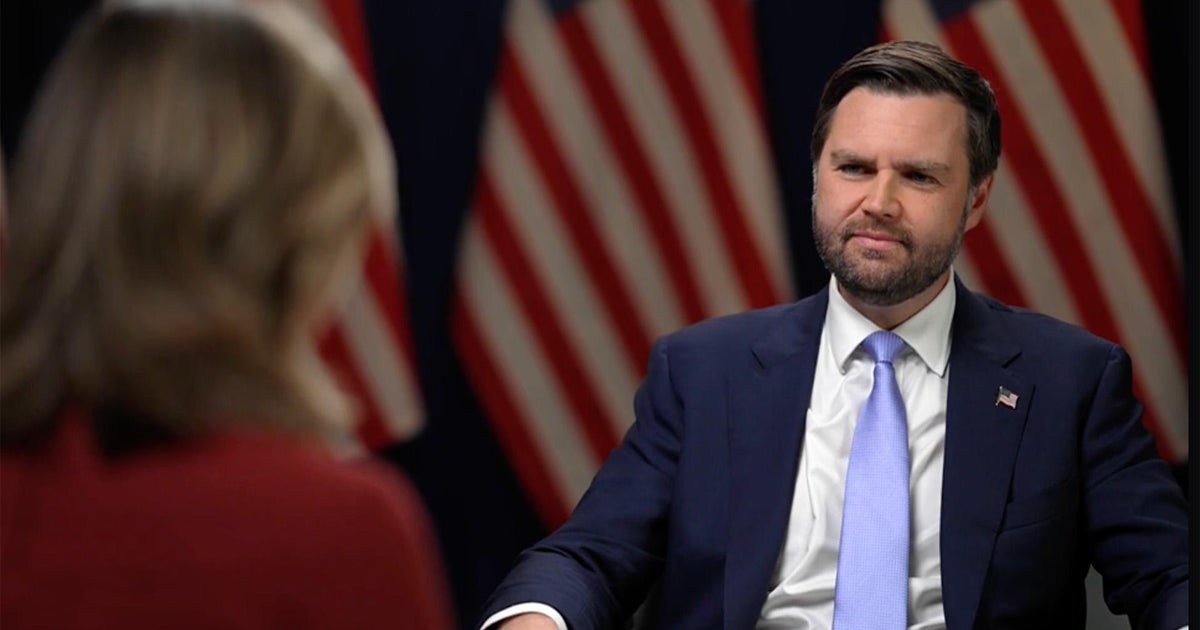Star Tribune
Feds map out potential Amtrak routes from Twin Cities to Denver, Phoenix and San Antonio

Imagine riding a train from the Twin Cities to Phoenix, San Antonio, Denver or Seattle. Federal rail officials want to know if you think that’s a good idea — or not.
A study detailing the possible restoration of Amtrak long-distance passenger service to these cities and dozens of smaller towns along the way was recently released by the Federal Railroad Administration (FRA), which is seeking feedback on the plan. The idea is to create a long-term vision for rail service and identify what needs to be done to make it happen.
The maps in the plan will likely make train nerds swoon, and naysayers fume.
Count Brian Nelson, president of the rail advocacy group All Aboard Minnesota, in the swooning category.
“It may seem a long ways off, but I think it’s the first time that the FRA has come up with a robust proposed structure to really advance long-distance passenger rail in this country,” he said. “There’s a lot that needs to happen, but it’s an exciting step, because it lays out a vision, a plan, and what could be.”
Federal officials have already held a series of public forums along with Amtrak and other state and local interested parties on the proposed routes, and more meetings are planned. They say they’ve unearthed “a widespread desire for restoring long-distance routes and exploring the creation of new ones.”
While a report to Congress is expected by year’s end, there’s no timeline for when any of these routes may start service — if ever. And none of the proposed routes embrace “high-speed” service, like the kind frequently available in Europe and China. The Amtrak Acela fleet in parts of the Northeast corridor is considered high speed rail, as well as the Brightline train between Miami and Orlando in Florida.
The proposed routes that would link the Twin Cities to cities across the Midwest and West include:
+ Service with stops in Des Moines, Iowa; Kansas City, Mo.; Tulsa, Okla.; Dallas-Fort Worth, and San Antonio, Texas.
+ Service with stops in Sioux Falls, Pierre, S.D.; Cheyenne, Wyo.; and Denver, Colo.
+ Service with stops in Sioux Falls; Omaha; Kansas City; Amarillo, Texas; Albuquerque, N.M.; Flagstaff, and Phoenix, Ariz.
+ Service between Seattle and Chicago, different from the existing Empire Builder route west of Fargo, that includes a stop in the Twin Cities, as well as Fargo, Bismarck, N.D.; Billings and Helena, Mont.; and Spokane, Wash.
The effort came about following the adoption of the Bipartisan Infrastructure Law in 2021, which was pushed by President Joe Biden, nicknamed “Amtrak Joe” for his fervent commute by train while serving in Congress. It directed the FRA to consider how new long-distance routes could bolster connections between cities and promote “economic and social well-being” in rural and tribal areas.
Proposed routes in Minnesota would also likely serve towns along the way. The route from the Twin Cities to San Antonio could stops in Northfield, Faribault, Owatonna and Albert Lea. “That’s quite a bit of support in southern Minnesota,” Nelson said.
Currently, the Empire Builder — service between Chicago and Seattle or Portland with a stop at St. Paul’s Union Depot — is the only Amtrak service available in Minnesota. Plans are edging forward for passenger rail service between the Twin Cities and Duluth, with Amtrak as the likely operator.
FRA officials note additional analysis is needed, so the regions and cities currently mapped out could change.
“Everywhere we go in the state for meetings, there is a lot of interest and people are excited about it,” Nelson said. “There’s a large contingent of people who don’t want or can’t fly or drive. We believe the demand is there.”
Star Tribune
This Rochester MN school police officer used to be a narcotics cop
Some take him up on it and fret when he’s not around.
“It is nice to be missed and be part of the school’s culture,” Arzola said. But mostly, he added, he wants kids to know that police aren’t around just for when the bad stuff happens. He’ll hand out his stickers and bracelets, even a trading card bearing his image. Then, they’ll talk about dogs and family.
School resource officer Al Arzola talks to students in his office at John Adams Middle School in Rochester on Oct. 11. (Leila Navidi/The Minnesota Star Tribune)
Two months ago, Rochester played host to a three-day training session for new SROs from across the state — an event organized by the Minnesota School Safety Center. On the final day, the 26 officers learned about surveillance challenges at the other school where Arzola works: Dakota Middle School.
It is a beautiful building with a scenic view. There is a lot of glass, too. Arzola, handling the role of instructor and tour guide, took the group outside and noted how one could look straight through the entrance to the large groups that gather inside. There were no curbs in front, either.
“There is nothing stopping any vehicle whatsoever from going through my front doors,” Arzola told the officers. “Law enforcement wasn’t talked to before this building was made. It was kind of like, ‘Here it is. You’re the SRO. Do what you do.’”
He showed them his office, too, which is separate from the main office and near those of other school support staff members. That makes sense, said Jenny Larrive, SRO coordinator for the Minnesota School Safety Center, given than SROs spend more time connecting with youth than on actual law enforcement.
Star Tribune
How Minnesota is recruiting poll workers in a divisive presidential election

“The basic rule in Minnesota is you cannot preemptively post law enforcement at a polling place,” he said. “A city can’t say, ‘Wow, Precinct Two, there’s a lot of intensity there, let’s just put a cop at the door.’”
Simon doesn’t go deep into the details on security, though. “I don’t want to give a total road map to the bad guys,” he said.
But testimony at the Capitol last year on behalf of the new law bolstering protections for election and polling place workers indicated there’s room for concern. One election worker was followed to her car by an angry voter; the head of elections in another county was called repeatedly on her home phone during off hours, and an official was lunged at by an aggrieved voter, forcing her to call the local sheriff.
Those who violate the law could now face civil damages and penalties of up to $1,000 for each violation.
The Brennan Center survey indicated more than four in 10 election leaders were concerned about recruiting enough poll workers due to threats of harassment and intimidation. This includes doxing — publishing a person’s personal information online in a threatening manner — and swatting, fake emergency calls that result in an armed response being sent to someone’s home.
“Election officials are working to prepare for everything right now,” said Liz Howard, director of partnership engagement at the Brennan Center. “More than 90% of election officials have made improvements to election security since 2020.”
Star Tribune
Daylight saving time ends next weekend. This is how to prepare for the potential health effects

The good news: You will get a glorious extra hour of sleep. The bad: It’ll be dark as a pocket by late afternoon for the next few months in the U.S.
Daylight saving time ends at 2 a.m. local time next Sunday, Nov. 3, which means you should set your clock back an hour before you go to bed. Standard time will last until March 9 when we will again ”spring forward” with the return of daylight saving time.
That spring time change can be tougher on your body. Darker mornings and lighter evenings can knock your internal body clock out of whack, making it harder to fall asleep on time for weeks or longer. Studies have even found an uptick in heart attacks and strokes right after the March time change.
”Fall back” should be easier. But it still may take a while to adjust your sleep habits, not to mention the downsides of leaving work in the dark or trying exercise while there’s still enough light. Some people with seasonal affective disorder, a type of depression usually linked to the shorter days and less sunlight of fall and winter, may struggle, too.
Some health groups, including the American Medical Association and American Academy of Sleep Medicine, have said it’s time to do away with time switches and that sticking with standard time aligns better with the sun — and human biology.
Most countries do not observe daylight saving time. For those that do — mostly in Europe and North America — the date that clocks are changed varies.
Two states — Arizona and Hawaii — don’t change and stay on standard time.
Here’s what to know about the twice yearly ritual.




